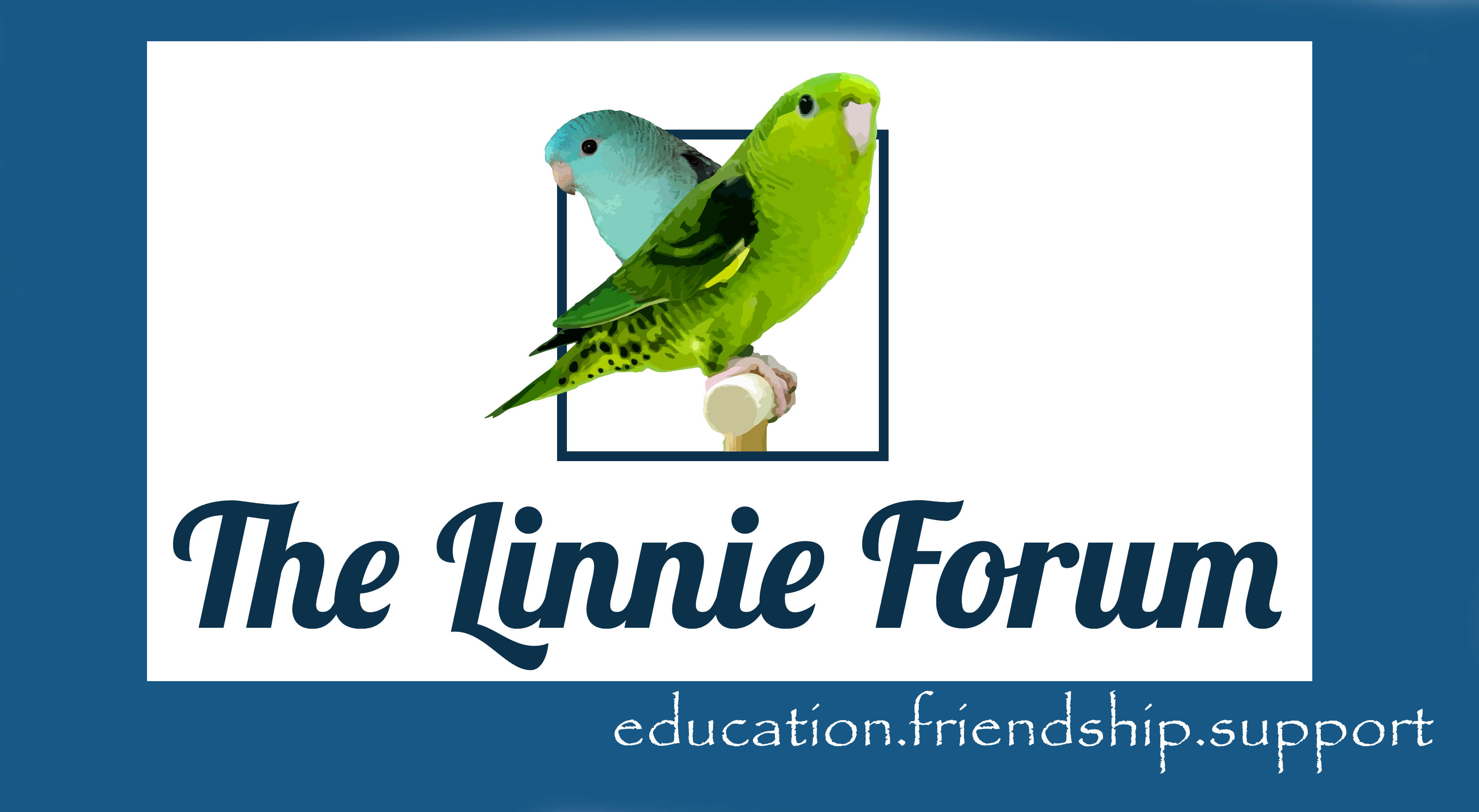High potency pellets, high protein, soft foods and lots of available calcium makes the hens want to lay. Especially an over abundance of calcium in the diet. They lay in order to shed that excess calcium. I adopt an Austerity Diet in times I wish them to rest. It really helps.
BANDING: Closed bands that are club registered are the gold standard. Club bands are traceable, breeders should keep detailed records on buyers of birds with their band so if they are ever lost they can be returned. It is the only way to keep pedigrees and ensure no inbreeding. The year of hatch is on the band, proving age. Never purchase a bird that is un-banded if you can help it. You may inadvertently buy your own birds back! Many cut bands on older birds and pass them off as viable breeders. No band is the mark of a novice, laziness, and/or no understanding of how important it is for the species in most cases. Good record keeping is paramount with the banding. A single pair of birds often changes hands, so if you are looking for unrelated stock, only the record will prove that, not a leg band from a different breeder. Many states have enacted laws regarding "exotic" animals and leg banding the bird with a closed band proves it was domestically bred.
Open bands are better than no band, but can be dangerous. The cut can snag on toys and cage parts. It is only helpful for the record keeping. It doesn't prove age or breeder even, so I find their use frustrating. Breeders that sell to the big box stores as it is law, used to trace back when they have a Psittacosis outbreak. Being a zoonotic illness, it is a big deal for the seller and new owners.
I purchases my bands from The Society of Parrot Breeders and Exhibitors (www.spbe.org) as I can get the sizes I need for multiple species at once, and it supports a great club that is very active and hosts shows. Banded birds collect points towards Champion. They also let you pick the color! They mail a journal quarterly to all members.
BANDING: Closed bands that are club registered are the gold standard. Club bands are traceable, breeders should keep detailed records on buyers of birds with their band so if they are ever lost they can be returned. It is the only way to keep pedigrees and ensure no inbreeding. The year of hatch is on the band, proving age. Never purchase a bird that is un-banded if you can help it. You may inadvertently buy your own birds back! Many cut bands on older birds and pass them off as viable breeders. No band is the mark of a novice, laziness, and/or no understanding of how important it is for the species in most cases. Good record keeping is paramount with the banding. A single pair of birds often changes hands, so if you are looking for unrelated stock, only the record will prove that, not a leg band from a different breeder. Many states have enacted laws regarding "exotic" animals and leg banding the bird with a closed band proves it was domestically bred.
Open bands are better than no band, but can be dangerous. The cut can snag on toys and cage parts. It is only helpful for the record keeping. It doesn't prove age or breeder even, so I find their use frustrating. Breeders that sell to the big box stores as it is law, used to trace back when they have a Psittacosis outbreak. Being a zoonotic illness, it is a big deal for the seller and new owners.
I purchases my bands from The Society of Parrot Breeders and Exhibitors (www.spbe.org) as I can get the sizes I need for multiple species at once, and it supports a great club that is very active and hosts shows. Banded birds collect points towards Champion. They also let you pick the color! They mail a journal quarterly to all members.
